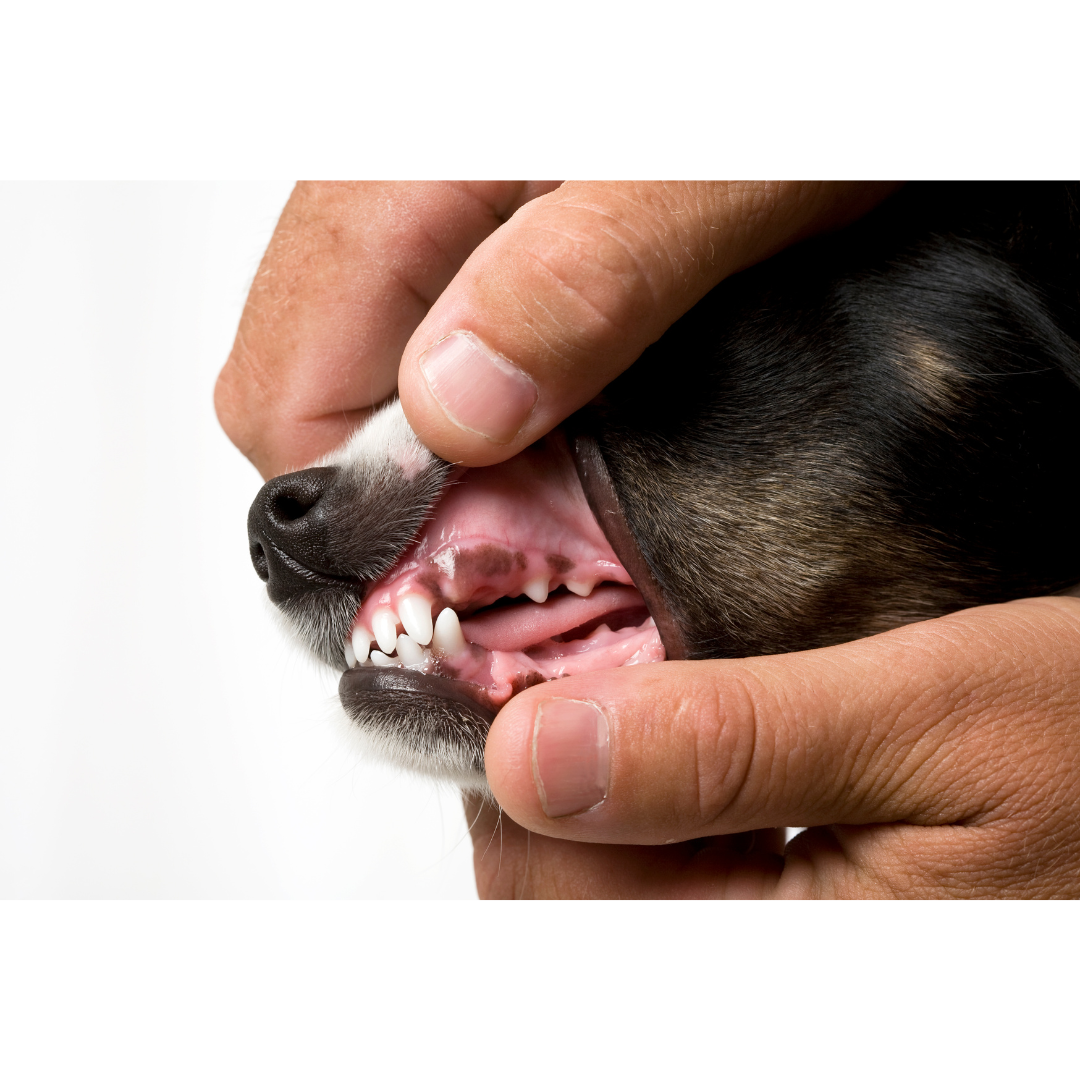
Dog Ear Infections: A Comprehensive Guide
Dog ear infections are a common health issue that can cause significant discomfort for our furry friends.
They are particularly prevalent in breeds with floppy ears such as Basset Hounds and Cocker Spaniels1.
This article will delve into the symptoms, causes, effects, and treatments of dog ear infections.
Symptoms
The symptoms of a dog ear infection can vary but often include the following123:
- Head shaking or ear scratching: Dogs with an ear infection often shake their heads or scratch their ears excessively.
- Redness or swelling in the ear canal: The affected ear may appear red and swollen.
- Unpleasant odor or discharge from the ear: An infected ear may emit an unpleasant odor or have a discharge that is yellow, brown, or bloody.
- Pain when the ear is touched: Dogs with an ear infection may show signs of pain or sensitivity when their ears are touched.
- Balance problems or changes in behavior: In severe cases, dogs may exhibit balance problems, changes in behavior, or even hearing loss3.
Causes
Dog ear infections are typically caused by bacteria, yeast, or a combination of both12.
In puppies, ear mites can also be a source of infection1.
The canine ear canal is more vertical than that of a human, forming an L-shape that tends to hold in fluid, making dogs more prone to ear infections1.
Factors that may predispose your dog to ear infections include12:
- Moisture: This can create a prime growing environment for bacteria and yeast.
- Allergies: These can lead to ear disease in about 50 percent of dogs with allergic skin disease and 80 percent of dogs with food sensitivities.
- Endocrine disorders: Such as thyroid disease.
- Autoimmune disorders
- Wax buildup
- Foreign bodies
- Injury to the ear canal
- Excessive cleaning
Effects
If left untreated, ear infections can spread deeper into the ear canal and cause swelling and scarring4.
Over time this can cause the ear canal to become permanently narrower, which might result in hearing loss4.
In severe cases, ear infections can result in deafness, facial paralysis, and vestibular signs1.
Treatments
Treatment for ear infections usually involves topical antibiotics and anti-inflammatories in the form of ear drops2.
Your veterinarian will thoroughly clean your dog’s ears using a medicated ear cleanser15.
In severe cases, your vet may prescribe oral antibiotics16.
It’s important to consult with your veterinarian as soon as possible if your dog is showing any of the common signs of ear infections1.
Conclusion
Dog ear infections are a common but treatable condition.
Recognizing the symptoms early and seeking veterinary care promptly can help prevent complications and ensure your dog’s comfort and health.
Always remember, prevention is better than cure.
Regular check-ups and proper ear care can go a long way in preventing ear infections in your dog.
Love you canine companion more and show affection creatively.
Visit our shop for our awesome pet inspired graphic t-shirt collection wear it proudly and let the world know just how much your furry friend means to you.
FREE SHIPPING and use
PPS10 discount code for 10% off your first purchase.
Disclaimer: This article is intended for informational purposes only. It is not meant to substitute for medical advice or diagnosis provided by your veterinarian. If your dog shows symptoms, please consult your veterinarian immediately.



Leave a comment
This site is protected by hCaptcha and the hCaptcha Privacy Policy and Terms of Service apply.